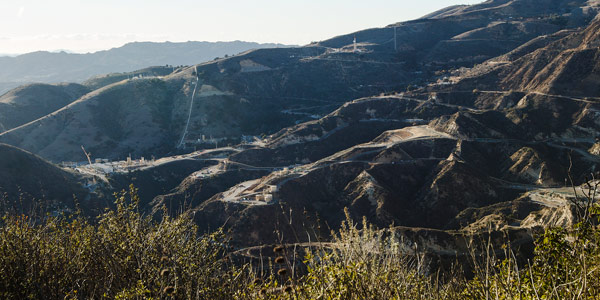By Jason Fordney

The ISO on May 3 issued an emergency notice from 7 to 9 p.m. after grid operators determined that they could not meet load and operating reserve requirements. At the time, load was 2,000 MW above forecast and nearly 800 MW of imports never materialized, compounded by the outage of a 330-MW gas-fired plant.
About 800 MW of demand response was “critical” in meeting grid needs, according to CAISO.
“It was unusual that the issues began developing around the peak, and demand wasn’t ramping down much, but solar was ramping off faster than what the thermal units online at the time could keep up with in serving load,” CAISO spokesperson Steven Greenlee told RTO Insider.
That forced the ISO to dip into reserves and slip below required reserve margins, prompting it to declare a Stage 1 emergency.
“This stage allows us to trigger the demand response interruptible programs, which are managed by the investor-owned utilities,” Greenlee said.
It was the first such emergency notice issued since an extremely hot day in August 2007. In a Stage 3 emergency — the most serious — utilities are warned of load curtailments.
While the ISO has drawn no link between the emergency and ongoing constraints within the pipeline system that feeds Southern California’s gas fired generation, the timing was uncanny. The event came less than a week after SoCalGas cautioned state and ISO officials that it might be unable to meet system needs during peak seasons for electricity demand. The gas utility contended that a recent state-directed reliability assessment of its network relied on overly rosy assumptions.
SoCalGas said a prohibition on gas withdrawals from its Aliso Canyon facility and limited injections there might prevent it from responding to gas supply and demand imbalances. The leak at the gas storage facility, discovered in October 2015 and plugged in February 2016, led to increased use of the La Goleta, Honor Rancho and Playa del Rey storage facilities, where reserves are now 40% lower than a year ago.
“The state was lucky this past year to have experienced a mild summer and winter,” SoCalGas said in an April 28 letter to CAISO, the California Public Utilities Commission and the California Energy Commission. “For the upcoming summer and winter seasons, Californians cannot rely on luck, and energy reliability should not depend upon mild weather conditions.”
In response, the agencies have requested that SoCalGas present its findings at a May 22 workshop on summer reliability to be held in conjunction with the Los Angeles Department of Water and Power.
“The issues raised by SoCalGas are part of ongoing data requests the joint agencies have made of the utility,” the agencies said in a joint statement. State officials “are working in close coordination to address the importance of natural gas and electricity reliability for Southern California as we look forward to the summer and next winter.”
The National Oceanic and Atmospheric Administration says there is a 60 to 70% chance that temperatures will be above normal this summer.
SoCalGas also warned state agencies of safety concerns stemming from operating its pipeline system at maximum pressure. The availability of storage injection capacity reduces the risk of over-pressurization on natural gas lines.
“Operating close to a pipeline’s maximum pressure is a pipeline safety and compliance concern,” the company said.
The natural gas utility said that the state had assumed “perfect operating conditions and optimal market conditions” when asking it to do a recent reliability assessment. This could lead the agencies to be overly optimistic and put gas and electricity supply at risk.
The analysis assumed full utilization of gas receipt points, a theoretical maximum that is not reasonable for operational planning and is dependent on the behavior of suppliers, shippers and customers. An assumed 1.5 Bcfd withdrawal rate would require significantly higher inventory at Playa del Rey and is not possible if storage inventories are not replenished.
The assessment also assumed that Aliso Canyon would not be used this summer, but held in reserve, which the utility said is “not prudent.” The facility’s low inventory, new well configuration and prohibition on injection will likely reduce withdrawal capacity. The assessment also used daily average capacity that does not address hourly customer demand fluctuation, SoCalGas said.
The company also pointed out recent events that increased natural gas demand without warning. In July, high temperatures and humidity pushed up electricity demand and cloud cover limited solar generation, leading to natural gas demand 11 to 25% above plan. Storage withdrawals were needed to handle the variability. In August, a fire in the Cajon Pass affected transmission lines and caused a 25% spike in natural gas demand from generators over a five-day period.
Still, state officials still considered that Southern California’s grid weathered last summer without any major incidents, attributing the success to measures taken after the 2013 shutdown of the San Onofre nuclear plant, deployment of new energy storage and increased use of automated DR. (See FERC OKs One-Year Extension for CAISO’s Aliso Canyon Gas Rules.)
The fact that one broken pipe at Aliso Canyon led to widespread reliability concerns over an extended time demonstrates the precarious balance between fuel supply and electricity scheduling, weather and unforeseen events with which grid operators must continually grapple.



